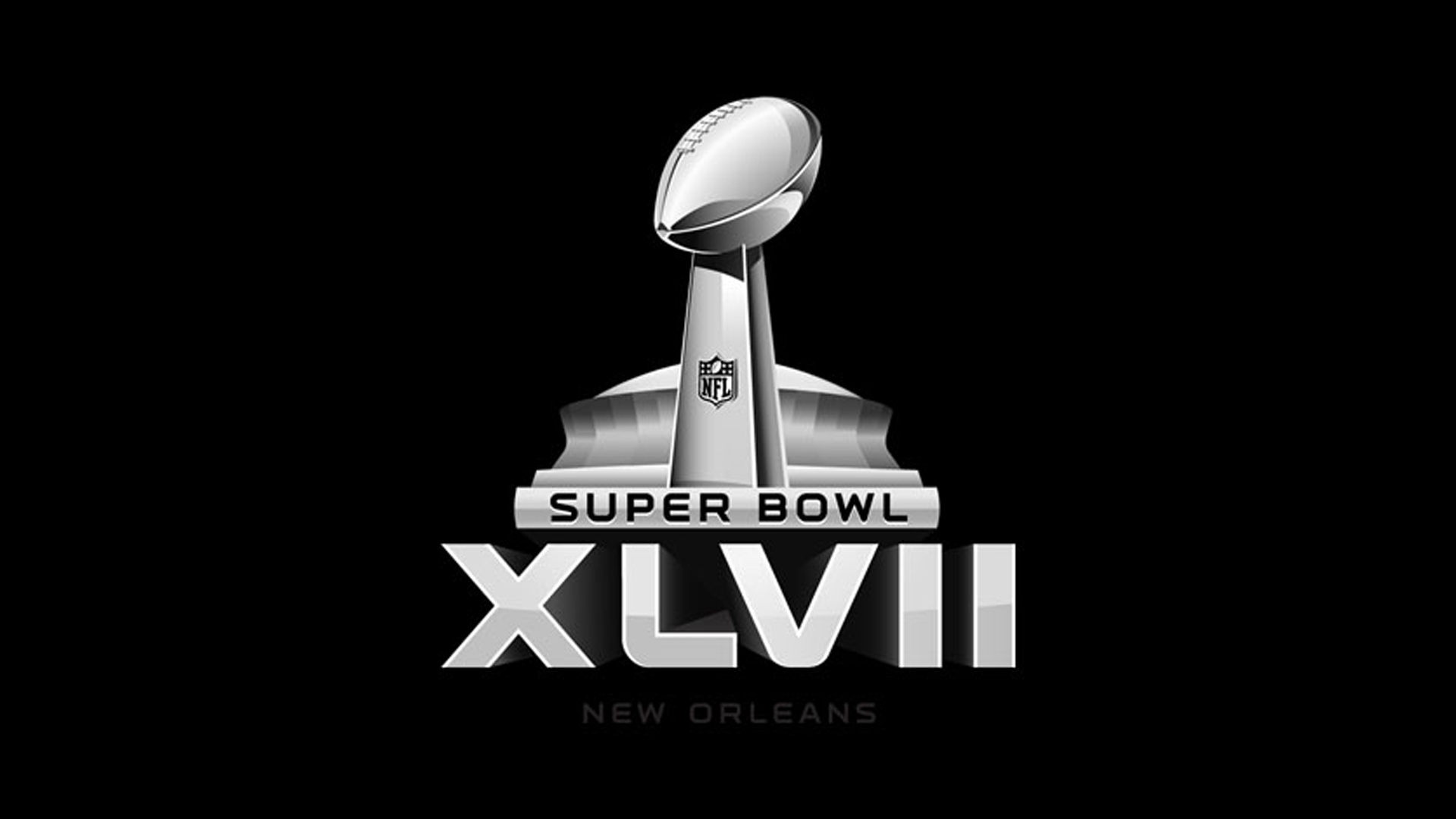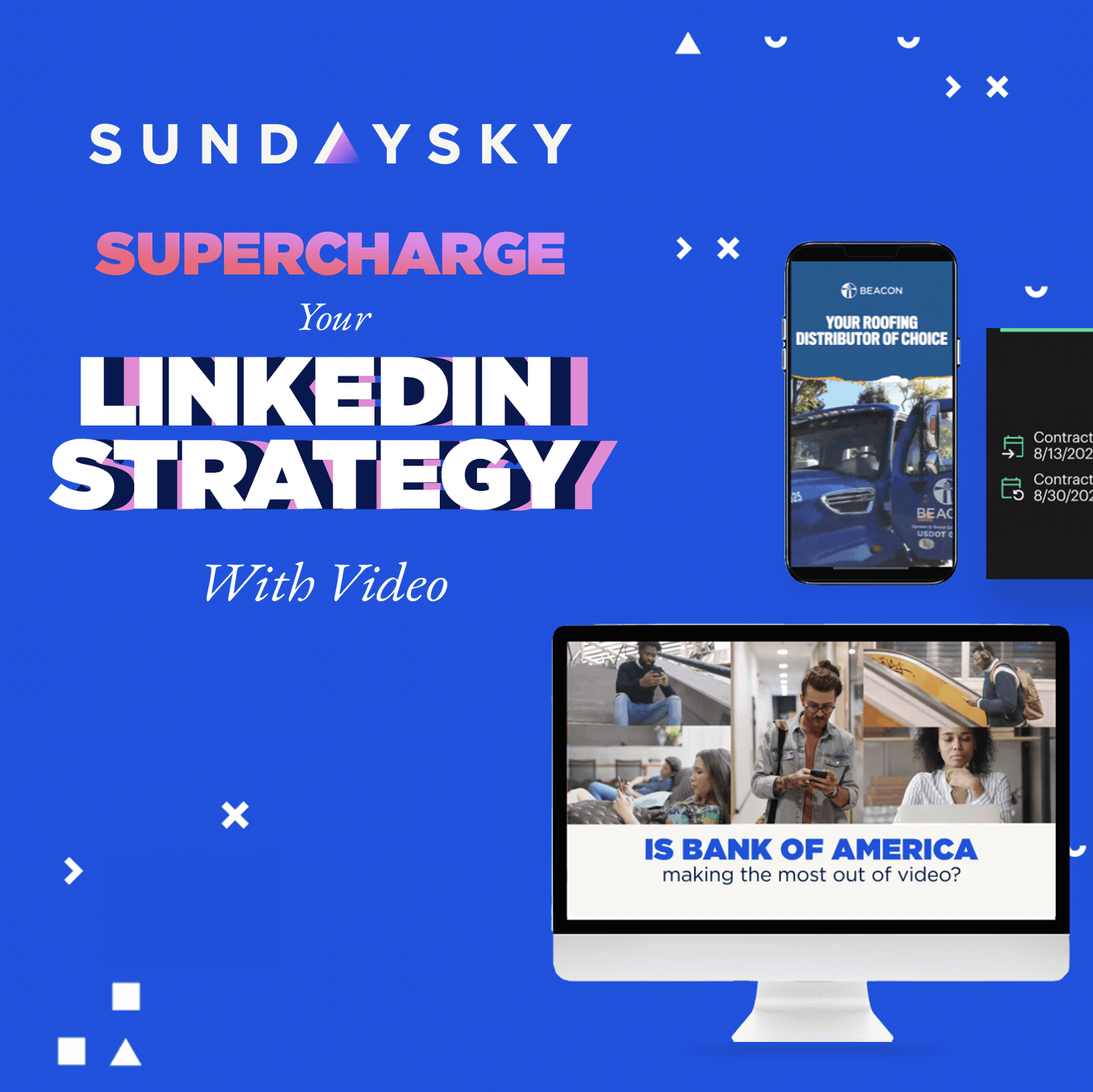They came and went in under five hours. They were chockfull of celebrity endorsements and Twitter hashtags. They were the Super Bowl commercials, watched by over 100 million viewers during last night’s game.
But before the ads aired, advertisers and industry analysts sparked a discussion on rationalizing the worth of a 30-second spot with a price tag of $3.8 million. (A 7.1% increase from last year’s rate and the most expensive ad rate in U.S. media history.) No doubt viewers of the most-watched U.S. TV event were connected on multiple devices during the game, and advertisers designed their game day campaigns to work across all screens and media. But as the price tag for these ads rises year over year, how can brands augment the experience and continue the conversation with the consumer? How can a Super Bowl ad deliver a true financial impact to the bottom line?
Simple: make ads perform and hold them accountable, before and after the big game. Beyond 30-seconds of branded airtime, connect these multi-million dollar ads with customers at multiple touch points, where the consumer wants to be connected.

“In order to leverage as much exposure as possible from these spots, it is beneficial and now a standard practice among marketers to post their ads to YouTube before the game, to create a gradual reveal and then create continuation on the Web,” says Guy Atzmon, Vice President of Creative for SundaySky. For instance, the Iron Man 3 trailer was accompanied by a call to action to watch the extended trailer on Facebook. Coca-Cola’s “Coke Chase” ad was posted days before the game to build online consumer voting to determine who would win the race to the bottle of Coke, and the surprise ending aired immediately after the game.
Industry leading brands recognize that Super Bowl campaigns need to work across all media screens for optimum consumer engagement, and they put that game plan into play this year. YouTube analysis proves this early reveal of ads is attracting more viewers, too, because ads released before the game generate 9.1 million viewers on average, compared to 1.3 million for those appearing online the day of the game, YouTube says. “We found that you’re more likely to remember the brand on the Super Bowl day if you saw the ad beforehand,” said Lucas Watson, YouTube’s vice president of advertising.
However, there is still a major drawback with Super Bowl commercials. Yaniv Axen, SundaySky’s Chief Technology Officer, puts it best: “The issue with Super Bowl ads is the same issue with Super Bowl T-shirts. Both are made as ‘one size fits all’ for the consumer.” Typically a brand’s audience is not one size, but segmented, and ads should be in multiple sizes and colors, across multiple devices delivering various messages. So how can a brand leverage its high-priced Super Bowl ad online? “One of the advantages of repurposing Super Bowl ads online is the ability to be much more targeted to the audience viewing the ad, with contextual ad placement or retargeting ads to consumers who already expressed interest,” says Atzmon.

I look forward to the day of a smart, creative media buy, when a brand message not only continues the conversation online, but also hits the right customer at the right time. Next year I would like to see Super Bowl advertisers delivering companion ads online, determined by device and data attributes that are contextually relevant to customers. When the Volkswagen commercial sends a live #GetHappy tweet, consumers connected on their tablets should be engaged with a mobile ad featuring the nearest VW dealer relative to the consumer’s current geo-location. Or when Amy Poehler buys noise-cancelling headphones from Best Buy, an online video ad should target look-alike customers and present a “time remaining to purchase” promotional offer. Leveraging customer’s data in real time to engage in context is a competitive game changer for advertisers.
Madeline Rich, Director of Marketing at Lotame, agrees: “Major brands like Coca-Cola, Unilever and Doritos, who traditionally put their focus on TV advertising for the Super Bowl, are increasingly using social media and online contests to increase audience engagement prior to game day. These are all examples of brands who could leverage their Super Bowl online contests to collect, organize and activate big data to deepen engagement and grow their consumer base before, during and after the game. There is a large opportunity not only to retarget these consumers across devices (desktop, mobile, tablet), but also to learn more about their individual interests, actions and demographics. Using these insights, the big brands can build and target look-alike audiences to grow their consumer base and increase their revenues well before next year’s game.”
By leveraging customer data, brands can build smarter, more targeted and more creative Super Bowl campaigns that have the potential to deliver a return on that $4 million media spot. This will ensure accountability on Super Bowl ads, and is bound to deliver deeper consumer engagement.







